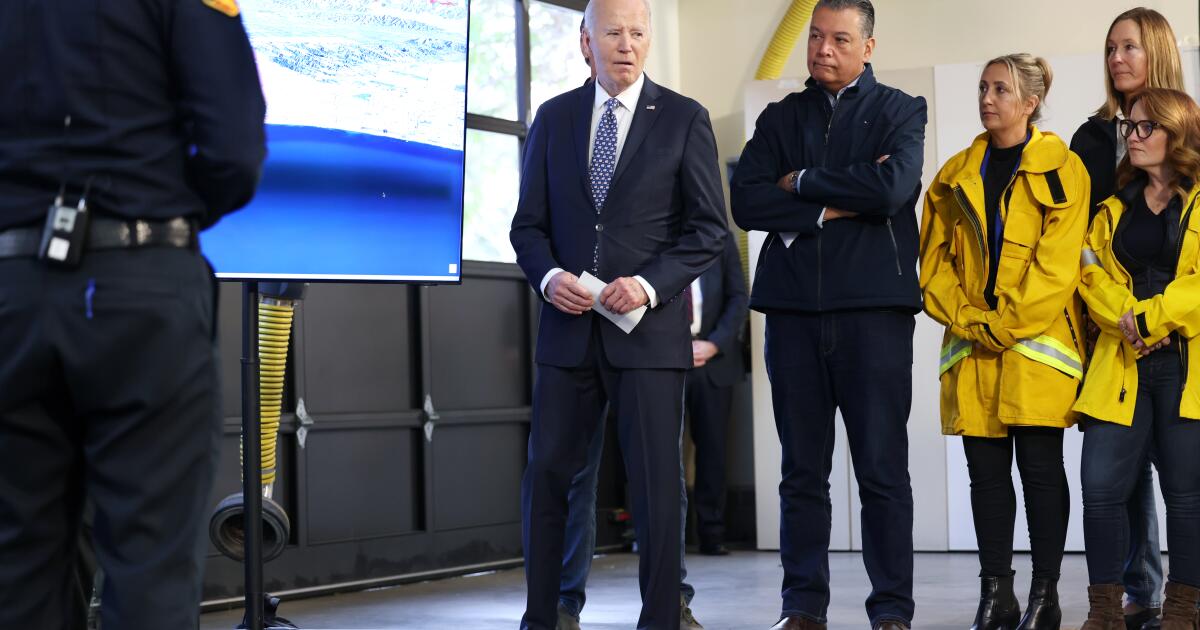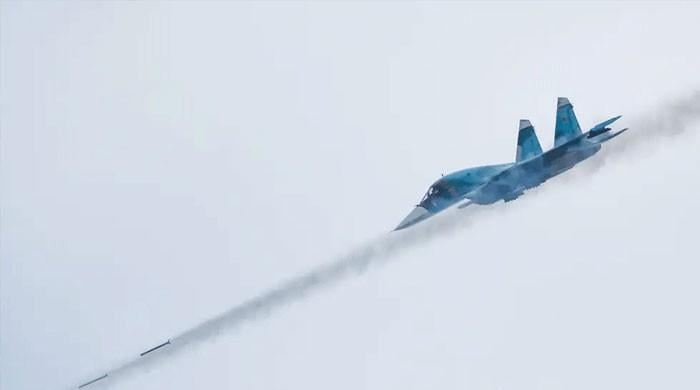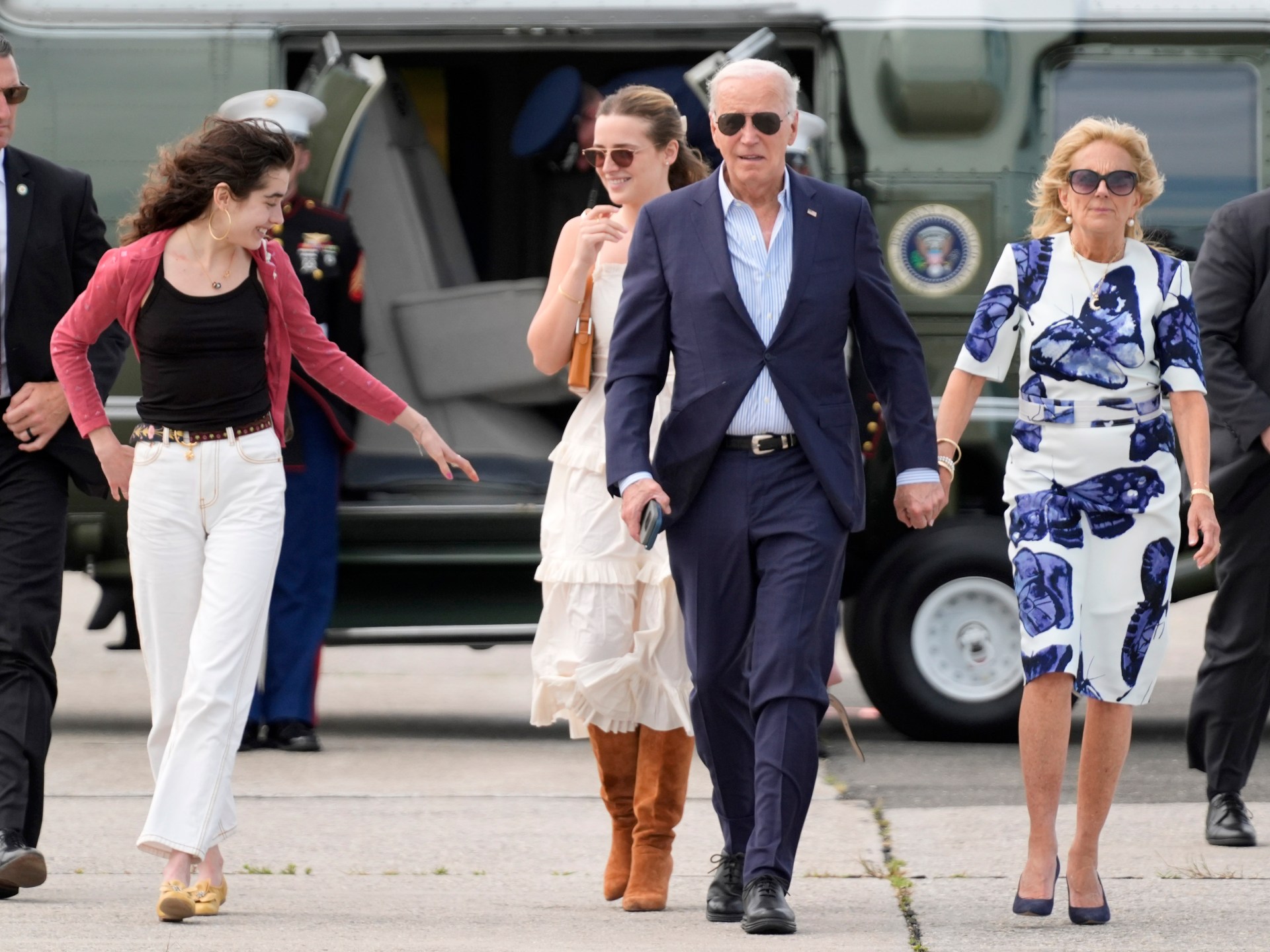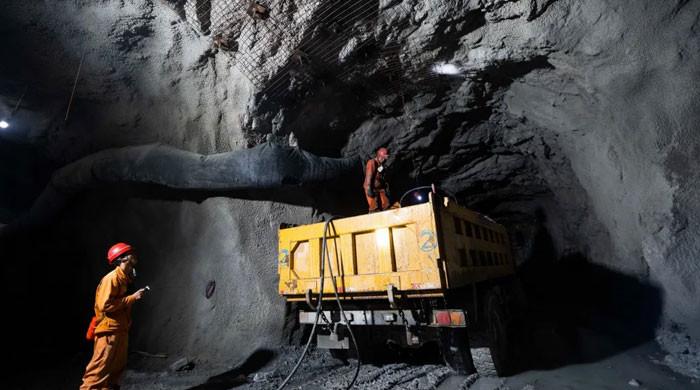Jindires, northwestern Syria – On the night of February 5, people across northwest Syria stayed awake all night, until 4:30 a.m., before they could close their eyes and sleep, safe in the knowledge that the anniversary of the earthquakes in Last year had passed without somehow another devastating earthquake being triggered.
The caution was not based on a scientific warning but rather on fear that the disaster that killed and injured thousands of people and continues to displace tens of thousands more would somehow be repeated.
From northern Aleppo province to western and southern Idlib, the effects of the earthquakes are still visible in the cracked buildings and tent-filled camps of people who lost their homes in the midst of the war. , poverty and the decrease in humanitarian aid.
Only debris has been removed from the streets.
Jindires, one year later
Early in the morning of February 6, people began to gather in a gallery on the outskirts of Jindires, one of the worst affected areas, among them many members of the White Helmets, also known as the Syrian Civil Defense, who had worked tirelessly . to rescue people from the destruction of earthquakes.
They were there to mark the first anniversary of the earthquakes with a public event and exhibition.
They spoke to the press about what the earthquakes did to an area whose infrastructure was already decimated by years of war and where a severe shortage of emergency equipment had hampered emergency response.
“There was a lack of machinery and there were no international teams or immediate help to help us respond to the disaster,” White Helmets media official Hamid Qatini told Al Jazeera.
Although they deployed all available equipment, they still did not have enough to cover the widespread destruction, Qatini added. The long delay in bringing aid to northwest Syria caused even more hardship for an already traumatized population.
loss images
As soon as Fatima Hamoudi entered the exhibition, her tears began to flow. The 50-year-old woman lost her son Muhammad, his wife and his daughter during the earthquakes. Her five-year-old son, also named Muhammad, was her only survivor.

“I knew I had lost him as soon as I heard about the earthquake,” said Hamoudi, who was in Turkey at the time and had spoken to his son by phone the night before.
As soon as he heard about the earthquake, he tried in vain to contact the family.
“He was under the rubble for a whole day,” Hamoudi said, noting that she was unable to say goodbye to him and that it took her six months to return to Syria, where she lives today, to care for her grandson.
Hamoudi walked through the exhibition sadly contemplating the images of the destruction.
Next to the paintings depicting the work of the White Helmets was painter Gulstan Bouzou, who said her paintings express gratitude.
“I tried to add hope in my drawings,” he said.
He was in the nearby city of Afrin when the earthquakes hit and, in recent months, he has used his art to help those affected and taught drawing and music to children orphaned after the disaster.
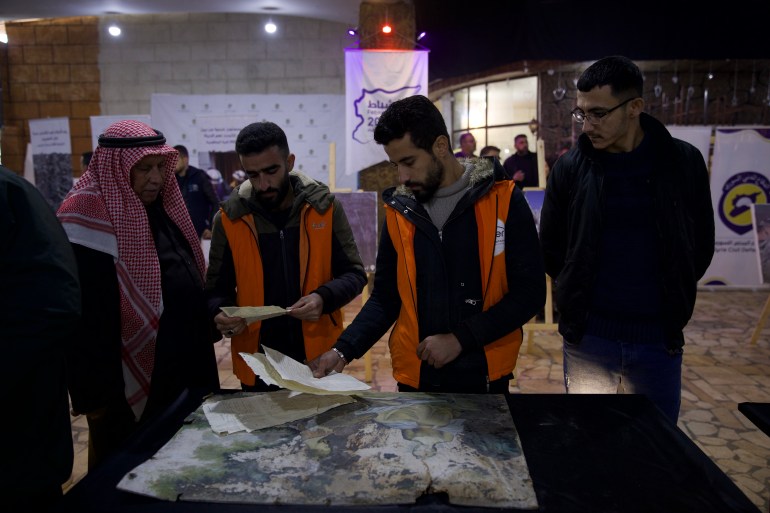
“We continue to work to start other educational projects over the next few months,” Bouzou said.
“I want to revive hope and tell survivors that it is possible to overcome the disaster.”
Murals on destroyed walls
About an hour's drive from Jindires, in Maland, west of Idlib, there are also artistic commemorations of what affected the region a year ago.
But here, colors splash across the damaged walls that remain standing, perhaps as a message of hope.
“The earthquake left a huge trauma,” graffiti artist Salam al-Hamed told Al Jazeera. “We still haven't forgotten what happened.”
In recent days, al-Hamed and his fellow painters from the Brush of Hope group visited several of the most affected cities and towns in the countryside of Idlib province.
They painted murals depicting the disaster and the White Helmets rescuing people trapped under the rubble.
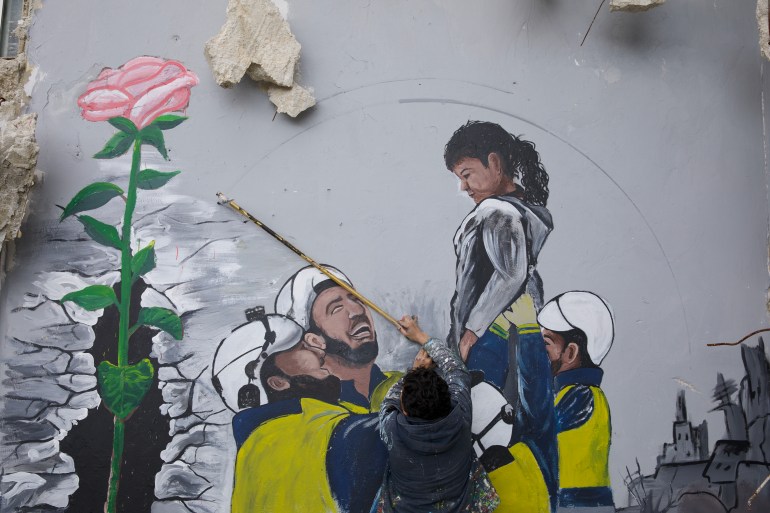
“Our drawings were related to the suffering and pain of the people, especially those who were trapped under the rubble and prayed for life but were buried and killed while waiting for help,” al-Hamed said, referring to more than 4,500 people killed. by earthquakes.
“Other murals are about resilience, patience and loss.”
Destruction, death and damage are things that people in the northwest, the last area of Syria controlled by opposition forces, are accustomed to after 13 years of war and continuous bombing by government forces and their ally. Russia.
But the earthquakes were nothing like any other disaster experienced in Syria's modern history, and left such profound shock and fear that it persists to this day.


